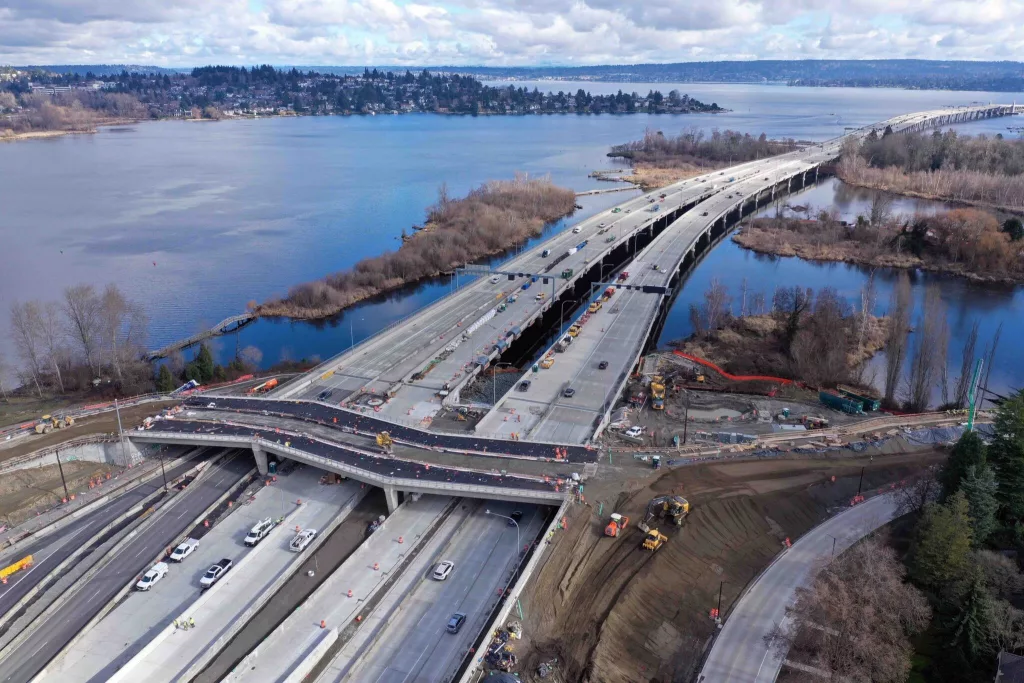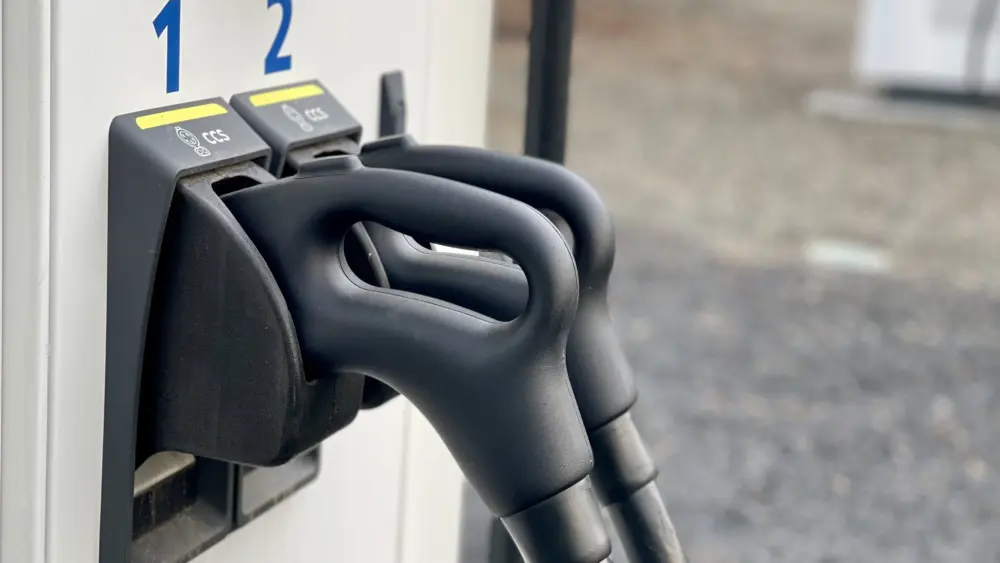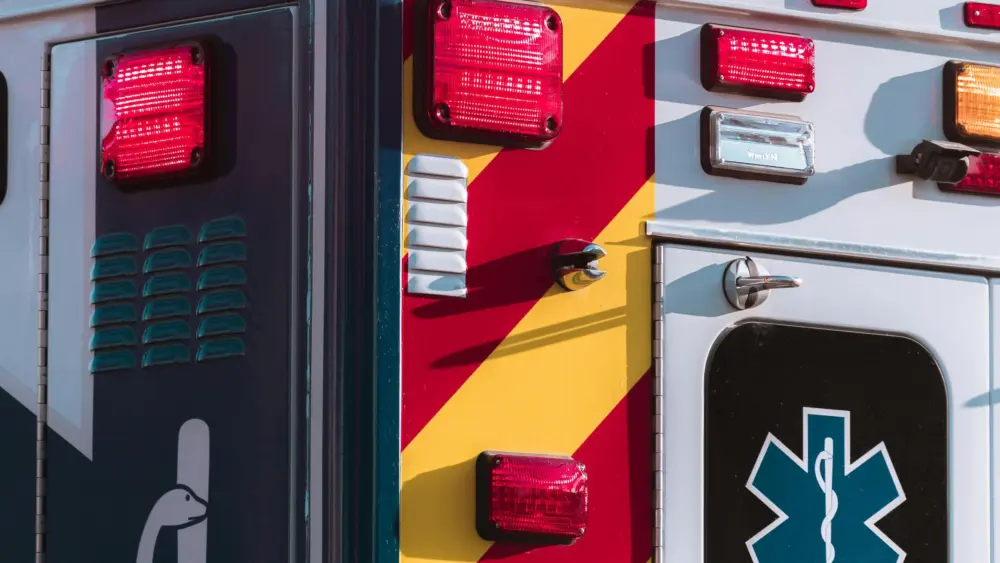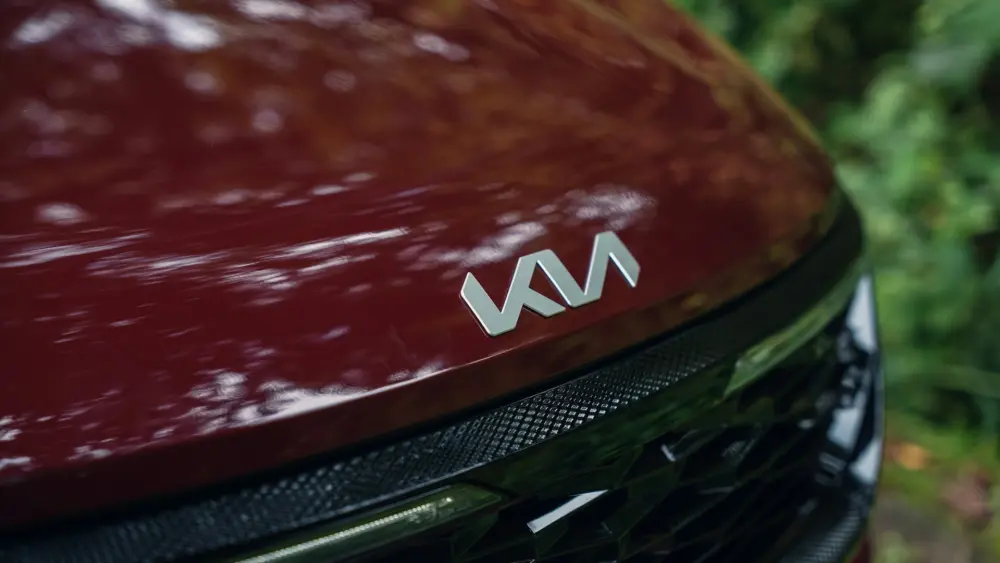OLYMPIA, WA – A divided Washington state Senate on Saturday approved a hike in the state’s gas tax and a two-year budget that hinges on billions of dollars from new taxes on the state’s wealthiest residents and largest companies.
The Senate, on a 31-18 vote, endorsed raising the tax 6 cents per gallon on July 1 and increasing it 2% annually to account for inflation starting the following year.
It is the anchor of a barge full of new and higher taxes and fees that will generate around $500 million a year for transportation from users of cars, boats, planes, electric bikes and ferries. Those dollars will ensure the state can complete projects underway and do ones that have been long promised to residents.
“We are billions of dollars behind in maintenance and preservation. We have a ferry system that is in shambles. We have citizens dying at a record pace on our roads,” said Sen. Curtis King, R-Yakima, the lead Republican on the Senate Transportation Committee who helped craft the package. “We had to respond, and that’s what we did.”
Sen. Marko Liias, D-Edmonds, chair of the transportation committee and the chamber’s lead transportation budget writer, said the revenue “will unlock investments in every corner of the state. It will fill potholes and fix bridges in urban communities and in rural communities, and it will keep promises that we have made.”
An even bigger challenge
Also Saturday, the Senate passed the Democrats’ two-year $78.5 billion operating budget on a 28-21 vote. Democrat Sens. Mike Chapman of Port Angeles and Deb Krishnadasan of Gig Harbor joined Republicans in opposition.
Sen. June Robinson, D-Everett, chair of the Senate Ways and Means Committee and lead budget writer, said a looming budget shortfall resulted in some hard choices, such as delaying expansions of early learning programs, furloughing state workers, and draining the state’s reserves. But she noted the budget boosts funding for special education and preserves critical public services.
“The core of this budget is a commitment to the people of Washington,” she said.
It spends about $5.4 billion more than the current budget. Of the increase, $1.6 billion is for education and new collective bargaining agreements for state workers. The rest is to cover increased expenses for existing programs and services, also known as maintenance-level spending.
Robinson said it shaves around $3 billion in spending in the next budget, and $6.5 billion over four fiscal years. Slashing deeper would have been “devastating,” she said.
“None of these choices was made lightly,” Robinson said of the cuts. “That is why this budget bill pairs reductions with smart, necessary and progressive revenue options. This balance of cuts and new revenue allows us to protect services and stay fiscally responsible for years to come.”
The two-year Senate budget relies on roughly $6.2 billion from a four-year, $17 billion package of tax changes that did not get voted on.
Those include lifting the cap on annual property tax growth along with new taxes on the assets of wealthy individuals and the payrolls of large companies. Hearings on the proposed tax legislation will be held Monday in the Senate Ways and Means Committee.
Sen. Chris Gildon, R-Puyallup, the lead budget writer for Senate Republicans, said the alternative budget he wrote would have spent $75.3 billion and been balanced without new taxes.
“We can do it without all the drastic cuts that people have been talking about. We can do it without any of the harmful taxes,” he said.
He criticized Democrats’ draining of the emergency reserves, saying it puts the state in a precarious fiscal position in a period of uncertainty over how decisions by the federal government might impact the state. And he said the document was confusing because it spends money to fund state worker pay raises and then seeks to save dollars by furloughing them for up to 13 days.
The House is slated to vote on its proposed budget Monday. Like the Senate, it counts on money from that chamber’s $14.8 billion tax package that has not yet been acted on. If passed, negotiations will begin in earnest to reconcile differences in the two spending approaches.
In the meantime, House and Senate budget writers will need to work with Gov. Bob Ferguson, a first-term Democrat, who has said he wants all cost-cutting options explored before considering any new taxes.
‘Everybody is being asked to contribute’
The current two-year state transportation budget is $14.6 billion and includes money for road maintenance, ferries, bike and pedestrian projects and more.
The budget blueprint passed by the Senate on Saturday lays out $16.2 billion in spending in the next biennium, made up of $6.2 billion in operating costs and $10 billion for capital projects.
The plethora of new taxes and fee increases is projected to bring in $3 billion in the next six years, of which a little less than a third would be available in the next budget.
In the floor debate, Liias said they faced a $1 billion shortfall in the next budget, growing to $4 billion to meet current obligations over the next six years.
To address it, the Senate came up with the revenue plan. It also shifts $5 billion of future expenses tied to replacing culverts to the state’s capital budget. Details on that move will be released Monday morning. And the Senate is directing 0.3% of sales tax collections from the operating budget to transportation starting in the 2027-2029 biennium.
Absent these moves, the Legislature would have been forced to halt some undertakings and postpone “every single improvement project that is not currently under contract,” Liias said Saturday.
The revenue package is intended to spread the burden across all users of the transportation system.
“It’s not the folks who drive a car are going to pay more or folks who bike are going to pay more,” Liias said. “Everybody is being asked to contribute more to the infrastructure that we all depend on.”
Fares could rise 1.5% each year on Washington State Ferries and a new surcharge would be added for credit card transactions. Tolls could be collected on the entire Highway 520 corridor instead of just the floating bridge. Police could issue $150 tickets for cars parked with expired tabs in the public right-of-way.
There’s a new 10% luxury tax on motor homes, recreational watercraft, and non-commercial aircraft costing over $500,000. The tax would be levied only on the amount of the sale, lease, or transfer value exceeding $500,000.
Other measures include raising registration fees on electric vehicles and hybrids, increasing the tax on rental cars and adding a $10 assessment on traffic infractions starting Jan. 1, 2026.
And there could be a new $1 fee tacked onto tickets for sporting events and concerts with a crowd of more than 20,000 people. The assessment would be levied on the operators of venues with a capacity of more than 20,000 attendees, such as T-Mobile Park, Lumen Field and the Tacoma Dome.
Sen. Leonard Christian, R-Spokane, opposed the gas tax increase, saying his constituents will drive to Idaho to pay less to fill up and spend on other items while there.
“This is going to be another boon for Idaho,” he said.
In its final action Saturday, the Senate voted 35-14 to pass a bill to issue up to $7 billion of bonds to pay for the design, right-of-way purchases and construction of highway projects. Senate Bill 5800 also increased the bonding authorization for the State Route 520 project by $500 million.
Meanwhile, the House is expected to vote on its transportation budget next week. And it has a bill to raise the state gas tax 9 cents, and then index it to inflation. That too could be acted on.





